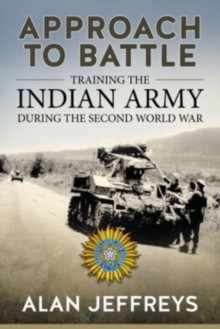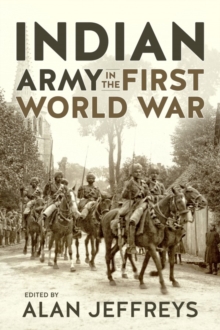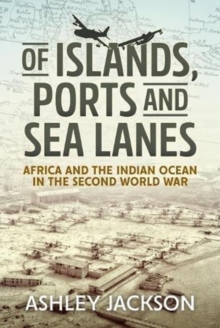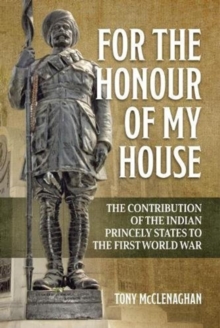
Ceylon at War, 1939-1945 Hardback
by Ashley Jackson
Part of the War & Military Culture in South Asia series
Hardback
- Information
Description
Ceylon became a vital Allied and imperial bastion following the fall of Singapore.
Forces were rushed to its defence in the dark days of 1942, because if the Japanese had managed to take the island, the sea lanes of the Indian Ocean, vital to imperial and Allied communications, would have been threatened.
Furthermore, as traditional sources were lost to the Japanese, Ceylon became the Allies' main source of rubber, an essential material of war.
Ceylon at War explains why the British War Cabinet considered the island to be strategically vital as it became a surrogate Singapore following Japan's dramatic conquest of South-east Asia and Burma.
It documents the measures taken to defend the island and the flight of thousands of civilians and service personnel to its harbours as they fled in the face of Japanese forces fanning out across South-east Asia and the Dutch East Indies.
The April 1942 Japanese raids on Colombo and Trincomalee, described by Churchill as 'the most dangerous moment of the war', are described, as are the concurrent naval manoeuvres off Ceylon's coast as the same Japanese fleet that had devastated Pearl Harbor sought to extinguish the Royal Navy in eastern waters.
Ceylon's role as a base for imperial and Allied forces and headquarters of Admiral Lord Louis Mountbatten's South East Asia Command is explained, along with the transformations brought to the island by the war. Table of contents:Chapter 1 - The surrogate Singapore;Chapter 2 - 'Refugee harbour': The flight to Ceylon;Chapter 3 - Fortifying the island;Chapter 4 - 'The most dangerous moment': The Japanese raids;Chapter 5 - Life in Ceylon
Information
-
In Stock - Less than 10 copies availableFree UK DeliveryEstimated delivery 2-3 working days
- Format:Hardback
- Pages:240 pages, None
- Publisher:Helion & Company
- Publication Date:15/11/2018
- Category:
- ISBN:9781912390656
Information
-
In Stock - Less than 10 copies availableFree UK DeliveryEstimated delivery 2-3 working days
- Format:Hardback
- Pages:240 pages, None
- Publisher:Helion & Company
- Publication Date:15/11/2018
- Category:
- ISBN:9781912390656



